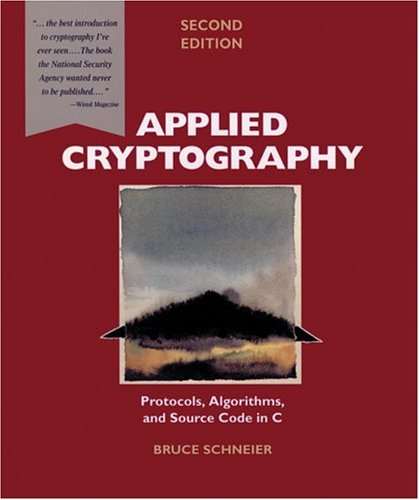 Its been about a month since I started using Twitter, and I have to say the thing I’m most disappointed with is the fact that its so easy to miss interesting information. Depending on how busy I am, I may have the time to spend half a day catching up to stuff on Twitter, or I may have the chance to load my Twitter client for just 5 minutes to look for new direct messages or @replies. Regardless of how much time I put into it, I always wind up missing something, I’m absolutely sure of it.
Its been about a month since I started using Twitter, and I have to say the thing I’m most disappointed with is the fact that its so easy to miss interesting information. Depending on how busy I am, I may have the time to spend half a day catching up to stuff on Twitter, or I may have the chance to load my Twitter client for just 5 minutes to look for new direct messages or @replies. Regardless of how much time I put into it, I always wind up missing something, I’m absolutely sure of it.
This is the difference between RSS and Twitter – RSS clients tend to collect everything from a particular feed and preserve it until I either mark things read and ignore them or actually read them. This is what I want from a Twitter client, except I think there’s a way to make this sort of thing even nicer with Twitter.
I want to be able to see the most relevant tweets in my Friends Timeline. For instance, for those friends that announce new blog posts, I want to be able to see those – all the time. I want to prioritize retweets and @replies lower than original posts. Moreover, I want to prioritize certain friends’ posts higher than others.
Basically, once you follow a certain number of people, the signal-to-noise ratio becomes so low that the chances of you missing out something really interesting and relevant are just horrendous.
I’m proposing an alternate view of your Twitter feed – a prioritized timeline. First you’ll need to priority-order and assign numerical priorities to each of the people you follow. After that tweets will be shown in this prioritized timeline ordered by a relevance value. Lets say you order @ivantumanov as 50 and @engadget as 5. Then a new post from me (posted at the same time as the post from @engadget) will show up first. After that the two posts’ position in this prioritized timeline will decay according to how old they are. However, the relevance value for my post will decay 10 times slower than the relevance value for @engadet’s post. In this way, it’ll stay closer to the top of this prioritized timeline longer and thus I’ll be more likely to read it. Because posts may move around as time goes by (@engadget’s posts will continue falling down in relevance and moving down in this list while my post will fall down 10 times slower), a “seen” flag will need to be shown. Additionally, a filing system (To Read, To Save, For Reference folders) would be nice. And finally, thumbtacks that keep a post at a particular place in the timeline – basically freezing their relevance value so it doesn’t decay with time.
The source of the tweet is obviously the easiest thing to use for determining relevance. But how about the content of the tweets? Anything that starts with RT or @ can be assigned a penalty or a promotion as far as the relevance value / priority value of that post. Things with “New Blog Post” for instance, or any other specific string can be assigned a penalty or bonus value. And for those of us who use Tweetie, anything with “(via …” can be prioritized in a specific way as well.
Is there something like this out there already? If not, I’m gonna have to get my hands dirty and fiddle with the Twitter API some this coming week to make this happen.
![]() Using Mac OS X as my primary development platform is great since I can emulate my LAMP production environment a lot closely than I ever could developing on Windows. One thing I missed for a while is being able to load the CHM (Compiled Help format used on Windows) manuals for PHP and MySQL quickly and easily (especially for those great disconnected development sessions while traveling when looking at the online documentation is not an option).
Using Mac OS X as my primary development platform is great since I can emulate my LAMP production environment a lot closely than I ever could developing on Windows. One thing I missed for a while is being able to load the CHM (Compiled Help format used on Windows) manuals for PHP and MySQL quickly and easily (especially for those great disconnected development sessions while traveling when looking at the online documentation is not an option). My brother Konstantin has been working on a BlackBerry app for NextJump’s
My brother Konstantin has been working on a BlackBerry app for NextJump’s  Its been about a month since I started using
Its been about a month since I started using  I just got pointed to
I just got pointed to